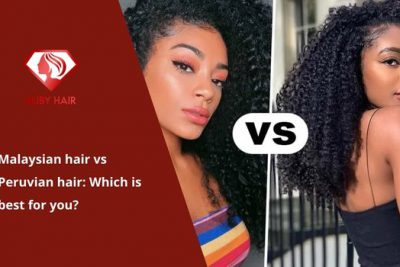If they are experts in the industry, just by touching the hair, they can also distinguish the difference between remy and non remy hair. However, ordinary consumers or those just starting out in the industry can hardly tell what is the difference between remy remy and non remy hair. Currently on the market there are countless types of remy vs non remy hair with a variety of designs. This can make you “overwhelmed” and difficult to distinguish remy and non remy hair. Here, we will help you distinguish between remy vs non remy hair so you can make the most informed choices.
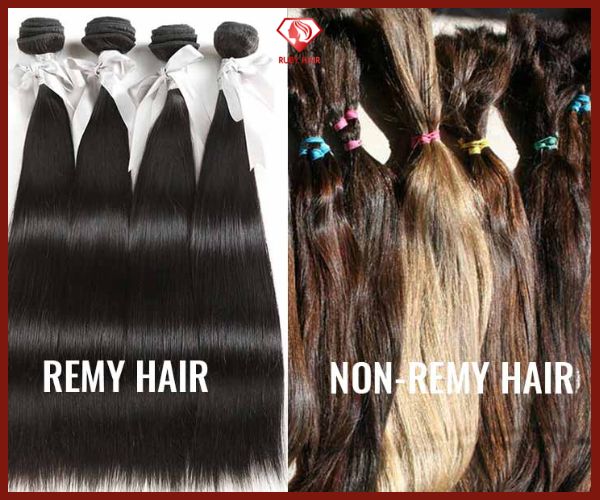
Remy vs non remy hair: Difference between remy and non remy hair
Table of Contents
What is remy vs non remy hair?
With the increasingly diverse buying, selling and using of remy vs non remy hair, consumers also know very well about the price, quality and variety of hair types. There are many different types of hair on the market today, and you need to know some basics about remy vs non remy hair. Right below, we would like to share the basic concepts of remy vs non remy hair.
Remy vs non remy hair: What is remy hair?
When learning remy vs non remy hair, we need to know what is remy hair? Just like virgin hair, remy hair is hair collected from people who lead a healthy lifestyle. In particular, the biggest advantage of remy hair is that these hairs have not been exposed to any beauty chemicals. Therefore, remy hair is very healthy and easy to style.
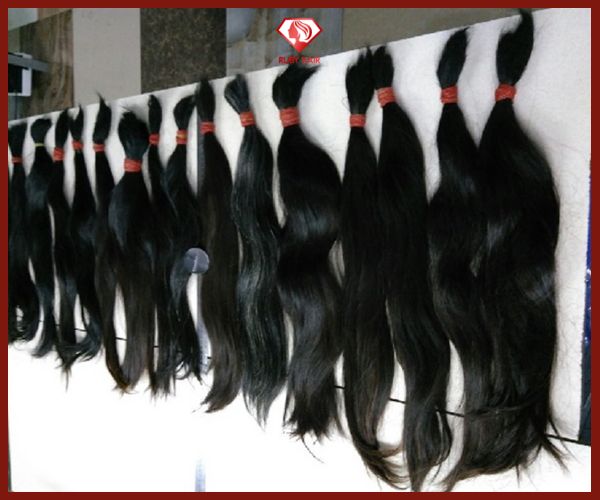
Remy vs non remy hair: What is remy hair?
With a strict remy hair collection process, all these hairs have outstanding advantages. Remy hair has cuticles that grow in the same direction. This pulls the hairs of remy hair to grow in a straight line and grow in a single direction, avoiding unsightly curls or growing in many directions. The remy hair growth in one direction helps these hairs limit the phenomenon of becoming tangled, frizzy, knotted after washing and drying, and styling. In Asia, Vietnam is the places famous for providing remy hair. Then, there are many Vietnamese hair factories mushrooming recently.
Because it is natural hair, the quality of remy hair is quite high. Remy hair is collected from healthy hair with an intact cuticle. This eliminates tangles and tangles that often occur like non remy. Right from here, we can see that remy vs non remy hair is definitely better quality.
Remy vs non remy hair: What is non remy hair
Next in the remy vs non remy hair section will be the concept of non remy hair. Non-remy hair is collected by hair factories, distributors and hair processors in a simpler process. The source of non-remy hair is collected from different places such as: households, barbershops, hair sellers… With this method, the hair collectors are not selective, so the hairs are damaged. Blending from multiple sources. Therefore, a bunch of non-remy hair is a combination of hairs from strong to weak, from beautiful to ugly, from smooth to frizzy…

Remy vs non remy hair: What is non remy hair
On the other hand, when comparing remy vs non remy hair, non remy hair has the disadvantage that the direction of arranging the cuticle outside non remy hair is different, so the hair quality after finishing is very mixed. In particular, non-remy hair when used can cause inevitable problems such as greasy, tangled, dry and broken hair.
To overcome this problem, many manufacturers have soaked non-remy hair with specialized compounds to remove the outer cuticle layer of the hair. Next, they coated the hair with a large amount of silicone mixture to fill in the holes, making the hair soft and strong. The first time when using them brings a sense of security and comfort, but only for a short period of time. A few months later, the silicone will peel off on its own, causing the hair to age and smell a bit unpleasant. At this time, non-remy hair is easily greasy, tangled together, difficult to comb, dry, and styled. Thus, when distinguishing remy vs non remy hair, you can see that non remy hair has more disadvantages.
What is the difference between remy vs non remy hair?
To recognize what is the difference between remy in the market is very difficult. It takes many years of working in the hair industry, drawing a lot of experience to be able to accurately identify the difference between remy vs non remy hair. Here is the difference between remy and non remy hair through certain criteria.
Remy vs non remy hair is different in terms of collection origin
Remy vs non remy hair differ in the origin of the collection. Remy hair is collected by hair factories according to a certain method. They collect hair from 100% human hair, with intact cuticles, and arrange them in a unidirectional fashion creating completely natural extensions of appearance. This eliminates tangles or breakage problems, ensuring long-lasting quality.
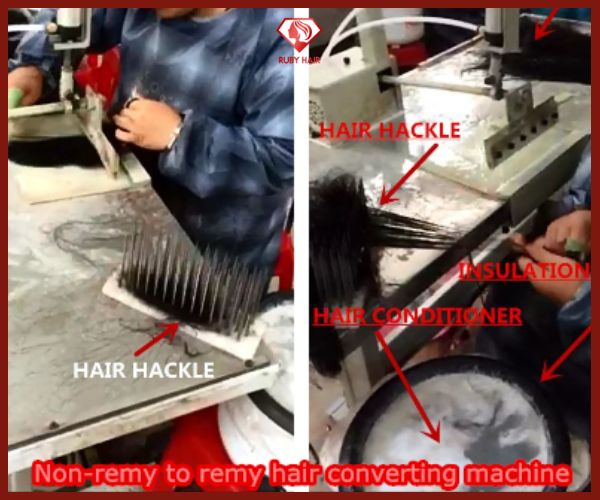
Remy vs non remy hair is different in terms of collection origin
The method of collecting remy vs non remy hair is completely different because non remy hair is mixed from barbershops, families… Non-remy hair is collected simply by cutting hair from the head without regard to how the cuticles of the hair line up. As the cuticle runs multiple instructions, the hair has very low moisture, resulting in dry, straw-like hair.
Remy vs non remy hair is different in quality
Remy vs non remy hair is different in terms of origin, so they also differ in quality. Remy hair flows naturally from the same direction from root to tip, the hair’s cuticles are not ruffled much and retain their smoothness, which is said to help with matting, especially in humid temperatures or after wash.
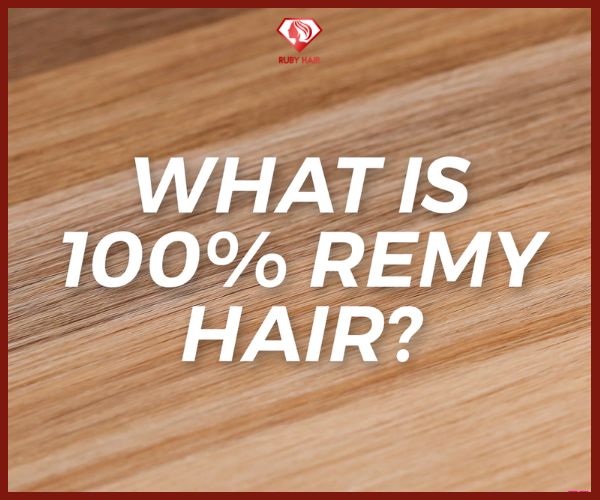
Remy vs non remy hair is different in quality
Remy vs non remy hair is different in quality because remy hair has a much superior quality. The cuticles of non-remy hair extensions have been completely stripped by the hair factory, replaced by layers of silicone coated on the surface. At this time, the hair structure is not intact as it was, they cannot absorb the nutrients contained in the restoration and care products. As time goes on, the quality of the hair will be significantly degraded.
Remy vs non remy hair is different in longevity
As you probably already know, remy vs non remy hair is also different in longevity. With superior quality compared to non remy hair, remy hair has a much longer lifespan than non remy hair. According to hair experts, remy hair can last up to 1 year, even more if you have the right hair care regimen.
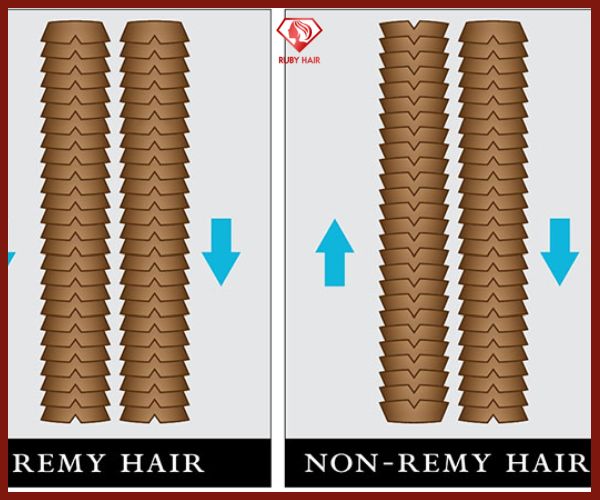
Remy vs non remy hair is different in longevity
Thus, if comparing remy vs non remy hair, non remy hair has a shorter lifespan. According to hair experts, the average life expectancy of non-remy hair usually ranges from 3 to 6 months if you limit your exposure to hairdressing devices. Therefore, when using remy hair, you can optimally save costs without having to change many times a year.
Remy vs non remy hair is different in styling
Also, remy vs non remy hair is different in terms of styling. Remy hair has a silky and shiny texture. It is completely tangle free throughout its life cycle. Therefore, when combined with your natural hair, remy hair can be styled and treated just like your real hair. Therefore, you can arbitrarily style your hair according to your personal preferences, but remember to pay attention no matter how good the quality is, don’t forget to take care of your hair to prolong its life.
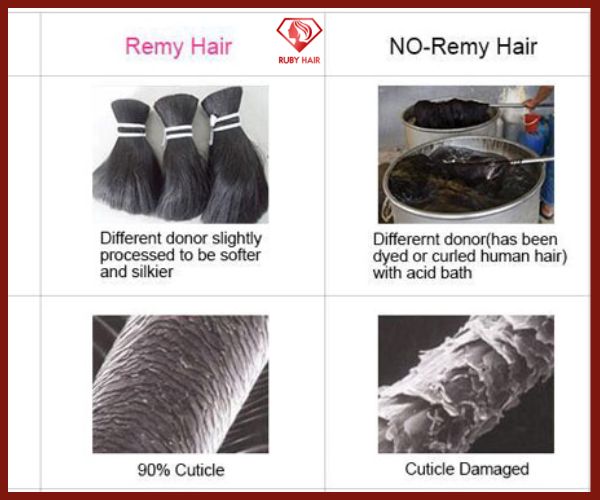
Remy vs non remy hair is different in styling
The variety in styling is also a big difference between remy vs non remy hair. If remy clip in hair extensions is styled well, non remy hair is the opposite. Non-remy hair does not work well with dyes, has poor heat resistance for a long time when using professional hairdressing equipment to style. In particular, overuse can cause non-remy hair to dry and break. Therefore, for non remy hair, you should limit styling as much as possible.
How to distinguish remy vs non remy hair
If you are new to the profession or have little contact with remy vs non remy hair, then it is definitely difficult for you to distinguish remy and non remy hair. Besides the difference between remy and non remy hair, here we will help you distinguish non remy vs remy. Apply the tips below to quickly distinguish remy and non remy hair.
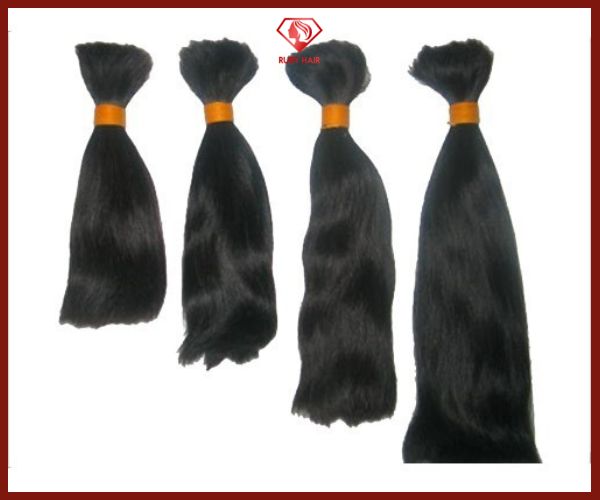
How to distinguish remy vs non remy hair
Firstly, you can distinguish remy vs non remy hair by looking at their appearance and appearance. Remy hair appears scaly running in one direction for smooth hair. Their appearance is not too acidic, not baked, shiny and smooth.
Second, you can tell remy vs non remy hair by touching the hair. You proceed to touch the hair roots, the remy hair is very smooth, there may be some coarse fibers but still retains the smoothness. Therefore, this is a good material that hair enthusiasts hunt for.
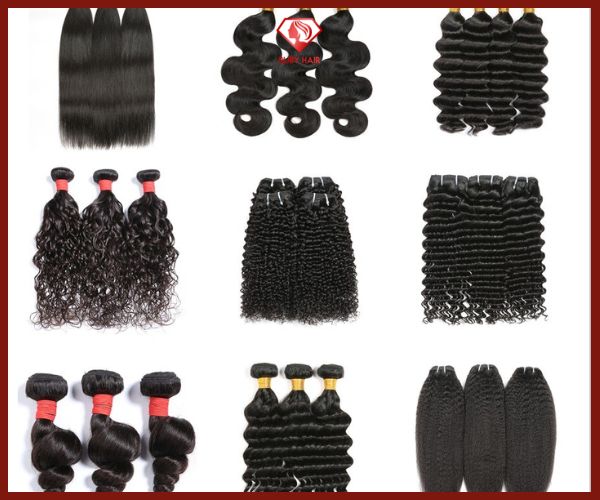
Ways to distinguish remy vs non remy hair
Third, you can distinguish remy vs non remy hair by touch and feel. Remy hair will have good elasticity, making you feel their smoothness. Non remy hair is the opposite, they have a rough and tangled feeling, many knots.
How to distinguish remy vs non remy hair made from real hair and non remy vs synthetic remy
For experienced people, it is easy to distinguish remy vs non remy hair made from real hair and non remy vs synthetic remy. Sometimes they just need to look, touch or smell to be able to guess what is natural hair and which is high-grade synthetic hair without having to perform hair tests. However, for those of you who have little exposure to natural hair, it is very difficult to recognize. Therefore, we will show you some methods to accurately determine remy vs non remy hair made from real hair and non remy vs synthetic remy.

How to distinguish remy vs non remy hair made from real hair and non remy vs synthetic remy
The first way to distinguish remy vs non remy hair made from real hair and non remy vs synthetic remy is to smell the hair. If there is a chemical smell then it is not 100% natural hair. Real natural hair usually does not have a pleasant smell and feel.
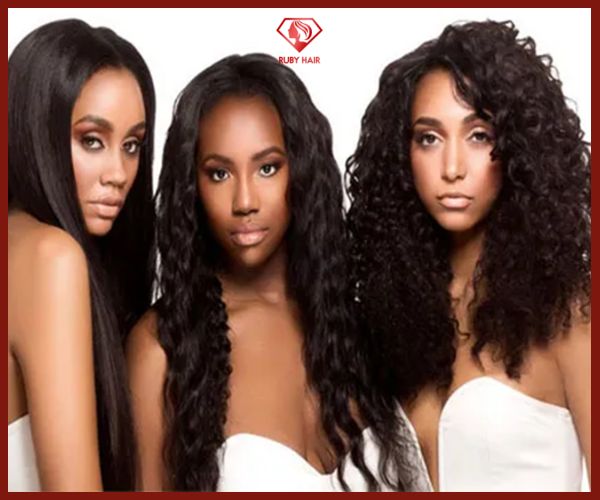
The first way to distinguish remy vs non remy hair made from real hair and non remy vs synthetic remy
The second way to distinguish remy vs non remy hair made from real hair and non remy vs synthetic remy is to touch your finger. Touch your fingers over the hairs, when pulling the hair up you will feel the resistance but when pulling down in the same direction of the hair there should not be any resistance. By this method you will know the layers of hair are intact and lie in one direction. And this is also a way to distinguish real hair and high-end synthetic hair quite accurately.
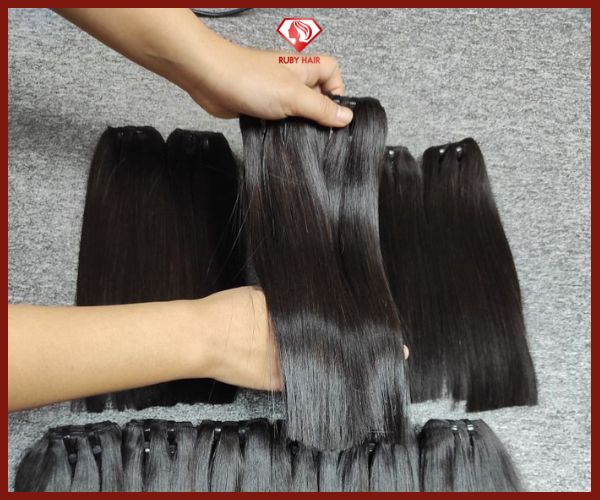
The second way to distinguish remy vs non remy hair made from real hair and non remy vs synthetic remy
The third way to distinguish remy vs non remy hair made from real hair and non remy vs remy synthetic is the weight of the hair. With real hair, weight is an important factor on each set of hair. Use your fingers to gently scratch your hair, you will see the hairs fall out naturally, with this check you do not have to be afraid to buy the wrong type of poor quality hair.
The fourth way to distinguish remy vs non remy hair made from real hair and non remy vs synthetic remy is to check it thoroughly by temperature. Use a hot clipper to squeeze a small amount of hair in the middle and then roll it around a spiral. If the hair is easily curled and styled beautifully, if you leave it for a while, you can smell the characteristic burning smell, then this is definitely natural hair. In addition, if it is real hair, when styling is complete, we can still straighten it easily. At this point, you will see that the hair is not tangled and deformed like the original.
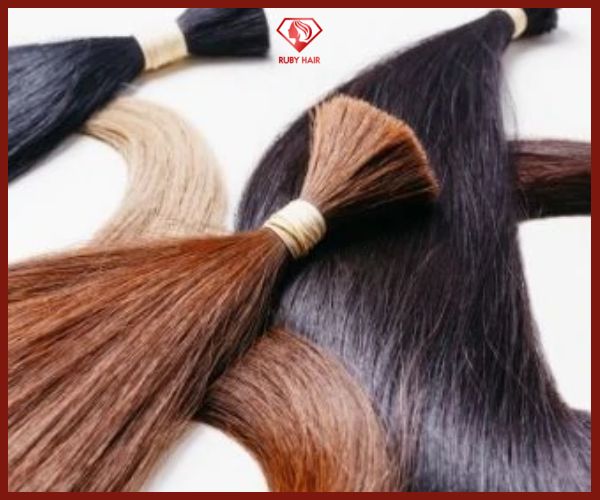
Way 5 to distinguish remy vs non remy hair made from real hair and non remy vs synthetic remy
The fifth way to distinguish remy vs non remy hair made from real hair and non remy vs remy synthetic is to soak your hair in warm water. At this point, you can determine if this is 100% pure, natural hair. Since water will not change the color of the hair, if you don’t see colors, chemicals or any additives, the water in the pot is still clear, this is pure natural hair. This is the most effective method to distinguish real hair from high-end synthetic hair ever.
After reading our posts, we hope you can distinguish remy vs non remy hair made from real hair. This information is collected from trustworthy resources. Based on it, you can choose the best one for your hair company.



